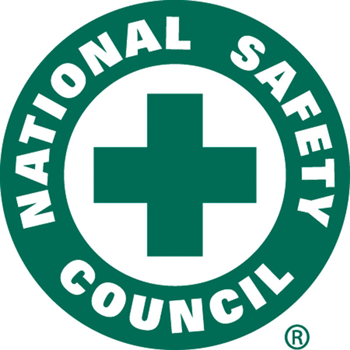Preliminary estimates from the National Safety Council (NSC) based on the first six months of data from all 50 states tell an erratic story about the nation’s driving behaviors and the impact of COVID-19 on roadway safety. The U.S. experienced an estimated 20% jump in the death rate – an indicator of how safely drivers are using the roadways – between January and June 2020 compared to the same six-month period in 2019. The rate increase comes in spite of a 17% drop in the number of miles driven between January and June. The total number of deaths is up 1% from six-month figures in 2019.
 Insurers have been reporting that while claim frequency was down due to the reduction in miles driven, claim severity was up. In August, GEICO, the second largest auto insurer in the U.S. reported that while claims frequencies in the second quarter and first half of 2020 were down, severity for collision coverage was up in the range of 7-9%.
Insurers have been reporting that while claim frequency was down due to the reduction in miles driven, claim severity was up. In August, GEICO, the second largest auto insurer in the U.S. reported that while claims frequencies in the second quarter and first half of 2020 were down, severity for collision coverage was up in the range of 7-9%.
Higher speeds due to less traffic congestion is believed to be behind the rise in severity and increase in injuries in fatalities.
According to NSC estimates, the 20% increase in the death rate is the highest jump NSC has calculated for a six-month period since 1999.
In June – when many states ended three straight months of quarantine – the number of miles driven remained 13% lower than the previous year, but death rates and number of deaths both skyrocketed. The number of deaths was up 17% in June, while the rate of death per 100 million miles driven jumped a staggering 34.4% – again indicating that the lack of traffic did not make the roads safer. June marked the first month since the pandemic that both the number of fatalities and the death rate increased in a single month.
The riskier roads threaten to reverse traffic safety gains made over the last few years. After three straight years of rising fatality numbers between 2015 and 2017, the country had been experiencing a leveling off and small decline in overall fatalities.
“Because of COVID-19 and states’ shelter-in-place orders earlier this year, the country should have reaped a safety benefit from less traffic,” said Lorraine M. Martin, president and CEO of the National Safety Council. “Instead, our soaring rate of deaths speaks to our need to improve safety on our roads. Clearly, we must work harder as a society to reverse this trend, especially since the pandemic is not nearly over.”
Through the first six months of 2020, the following seven states experienced notable decreases in the number of roadway deaths:
- Wyoming (-49%, 39 fewer deaths)
- Alaska (-31%, 11 fewer deaths)
- Hawaii (-27%, 16 fewer deaths)
- Iowa (-24%, 35 fewer deaths)
- North Dakota (-20%, 9 fewer deaths)
- Oregon (-19%, 41 fewer deaths)
- Idaho (-16%, 15 fewer deaths)
Seven states with notable increases were:
- Vermont (+91%, 10 more deaths)
- Connecticut (+44%, 45 more deaths)
- District of Columbia (+42%, 5 more deaths)
- South Dakota (+34%, 11 more deaths)
- Rhode Island (+31%, 8 more deaths)
- Arkansas (+21%, 51 more deaths)
- Missouri (+18%, 68 more deaths)
The National Safety Council estimates are subject to slight increases and decreases as the data mature. NSC collects fatality data every month from all 50 states and the District of Columbia and uses data from the National Center for Health Statistics, so that deaths occurring within one year of the crash and on both public and private roadways – such as parking lots and driveways – are included in the estimates.